There can be your advertisement
300x150
Before and After: Best Projects of Architectural Restoration
This year, from July 2 to 5, the "Architectural Heritage" Festival took place for the first time — it is dedicated to preserving and rationally using architectural monuments, historical landscapes, and urban environments. Among the festival winners — a 17th-century monastery and examples of Soviet architecture, such as Gorky Park and the VDNH pavilions.
Bryanchaninovs' Estate
Project detailsWhere?Village PokrovskoyeVologda RegionWho?"Vologda Restoration"Autonomous Cultural Institution of Vologda Region1st PlaceCategoryCivil Architecture Objects
The estate was built in 1812. Historians still debate who was the architect — most believe it was local builder Alexander Sapozhnikov, but some experts lean toward the theory that the estate was built by Matvey Kazakov and Nikolai Lvov.
In the 19th century, workshops were located on the premises, and during Soviet times — a sanatorium for tuberculosis patients called "October Sprouts". By the end of the 1990s, the complex had fallen into decay, and restoration work began in 1997.
The main house of the estate is also known as "The Pink Dream" — in one of his letters to relatives, Ignaty Bryanchaninov wrote: "I want to return to the pink dream," and the name stuck.
Before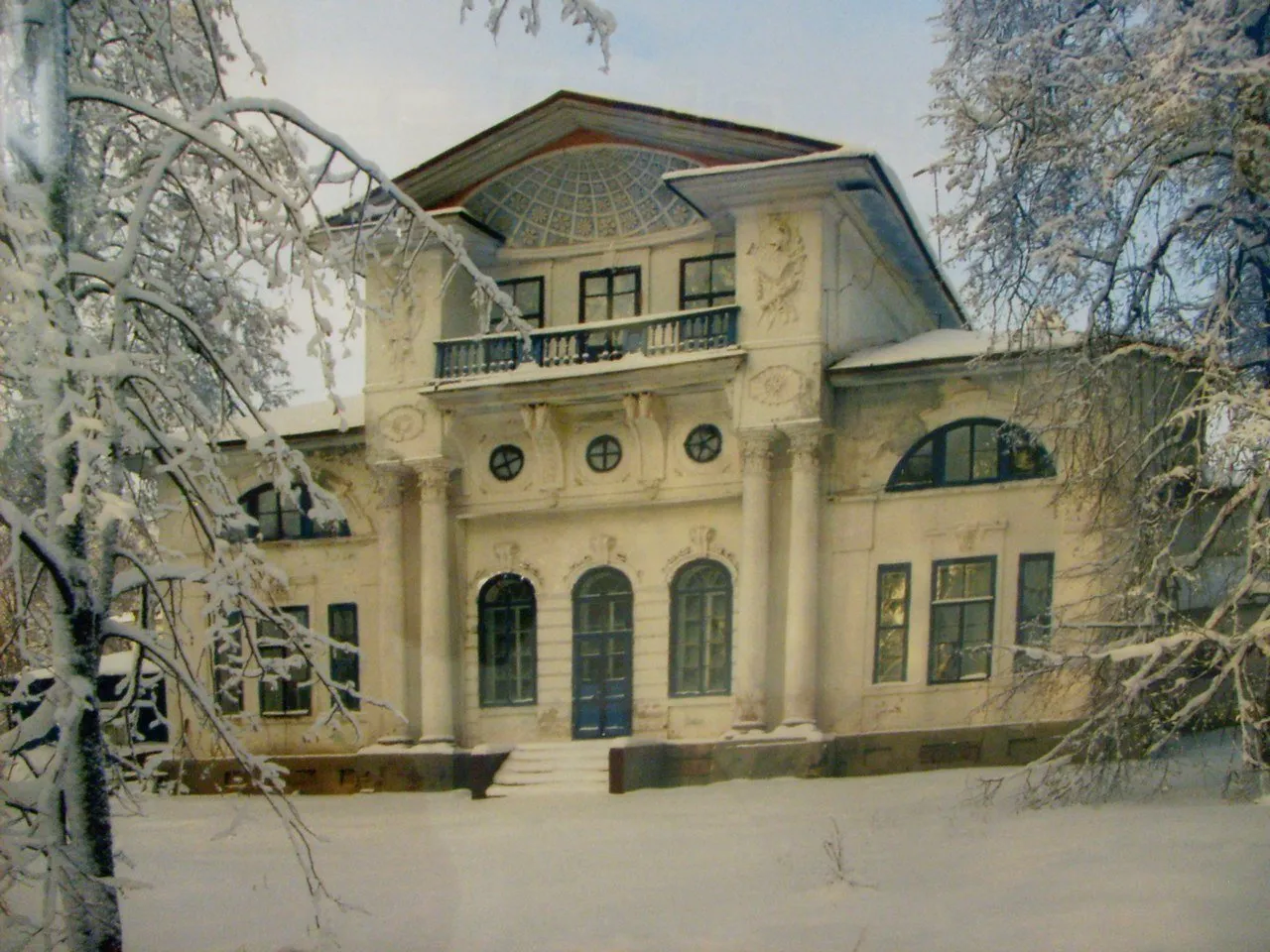 After
After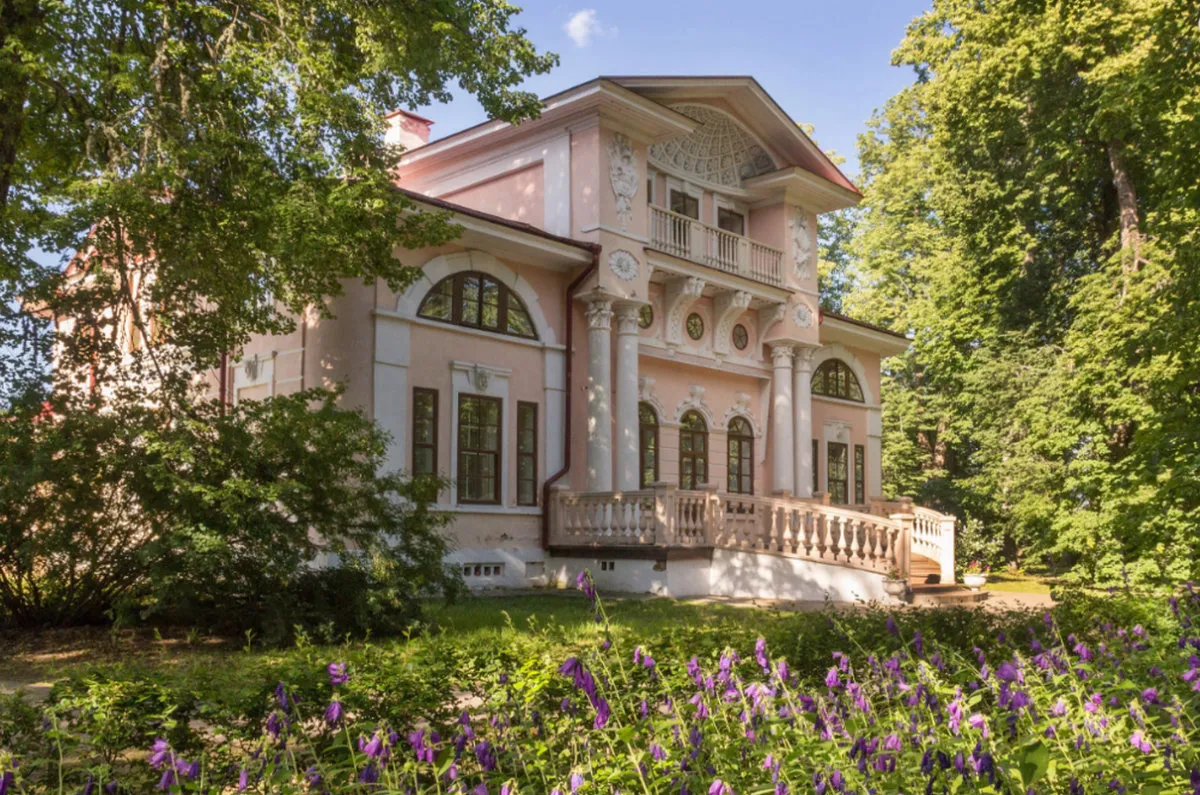
House on Polyanka
Project detailsWhere?MoscowBolshaya Polyanka, 44Who?PSN Groupand architects-restorers of the company "Estrya"2nd PlaceCategoryCivil Architecture Objects
Restorers restored and reconstructed the facades of the former merchant house of Malyshev, built according to the project of German architect Gustav Helrich before the start of World War I.
The facades are adorned with reliefs in the classical style: images of ancient Greek goddesses and nymphs, warriors in helmets, meander patterns, garlands, and acanthus leaves.
Before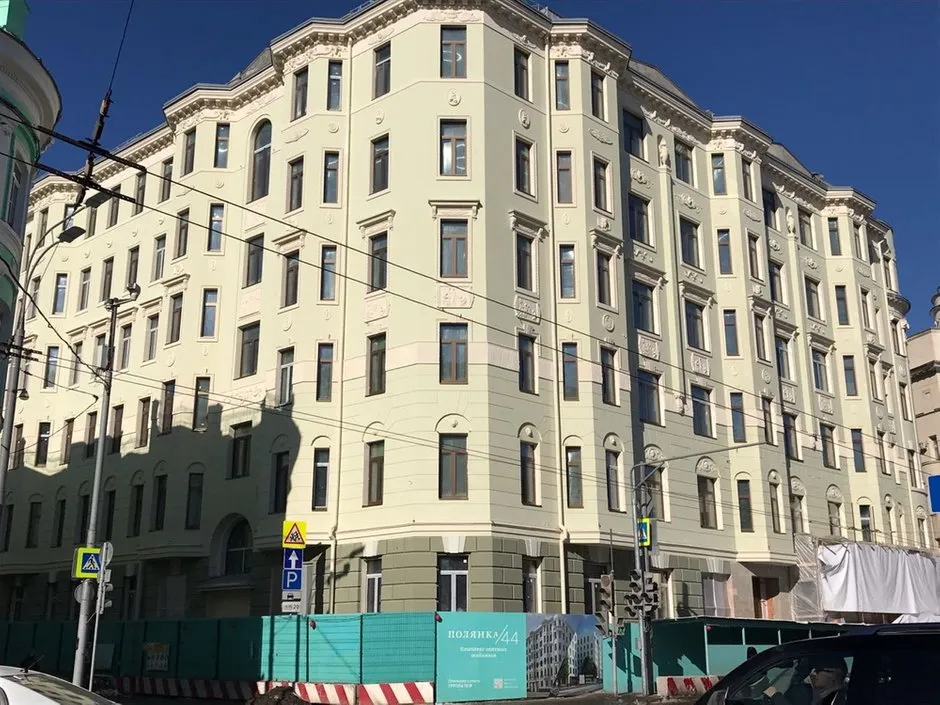 After
After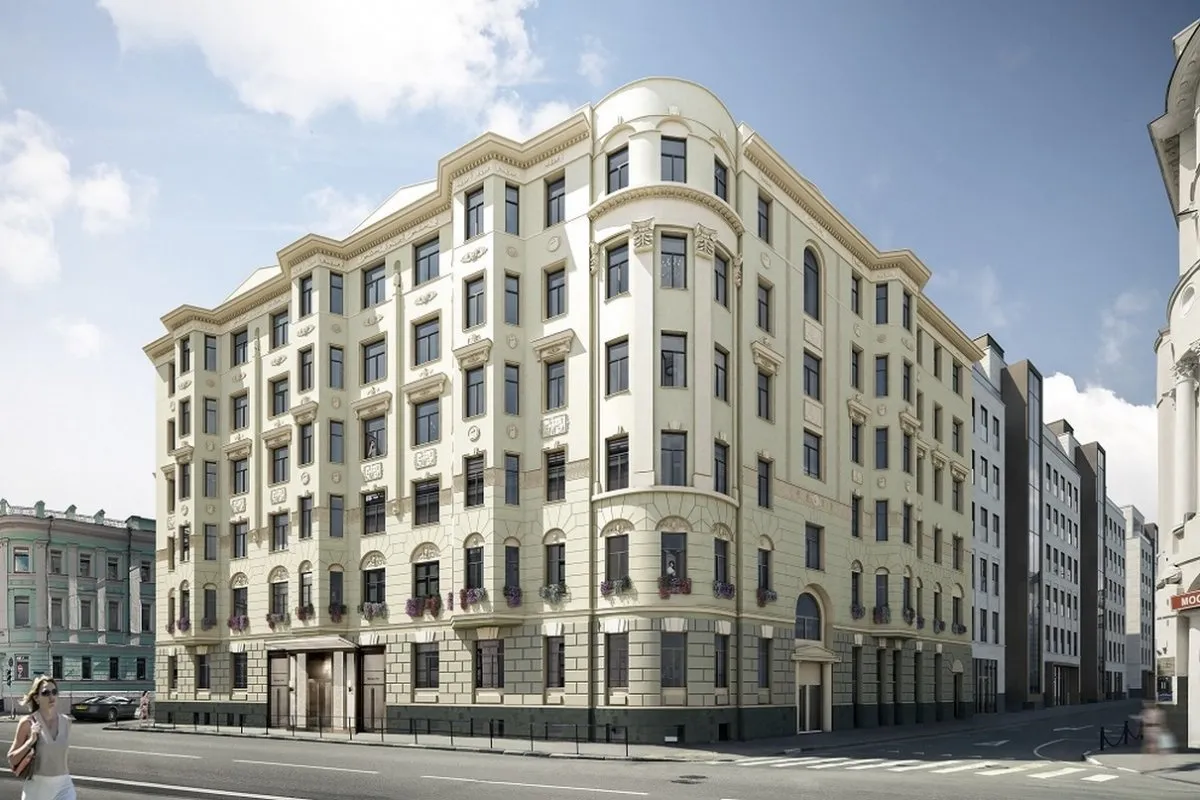
Big Dramatic Theater named after V. I. Kachalov
Project detailsWhere?Kazanbauman str., 48Who?"TatinvestGrazhdanproekt"State Unitary Enterprise3rd PlaceCategoryCivil Architecture Objects
The building was constructed in 1833 — originally designed as a merchant house, but later transformed into a city theater. Its current appearance was adopted in 1914.
In autumn 2014, the full-scale reconstruction of the historical theater building was completed. Using preserved drawings and photographs from the early 20th century, architects restored historical facades.
Before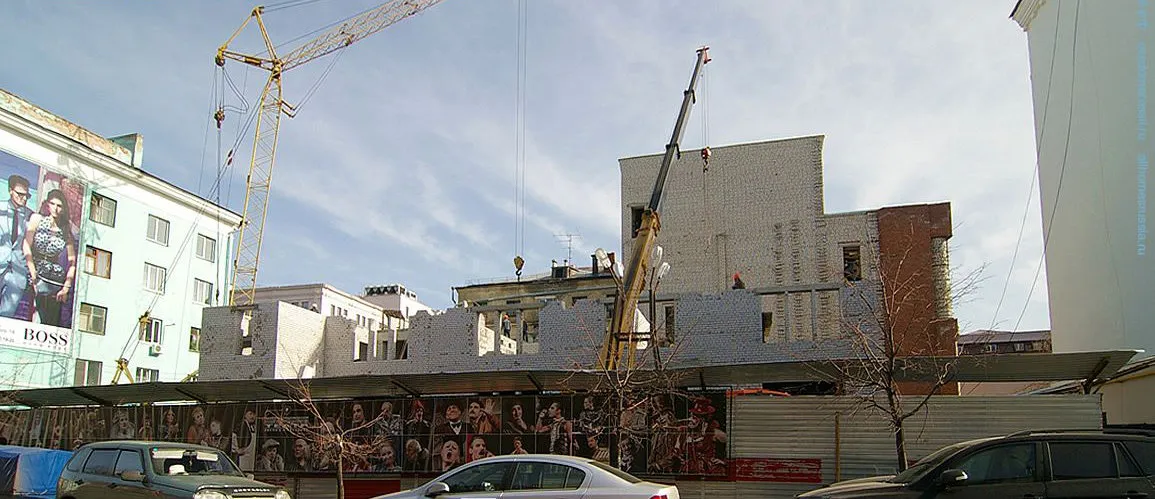 After
After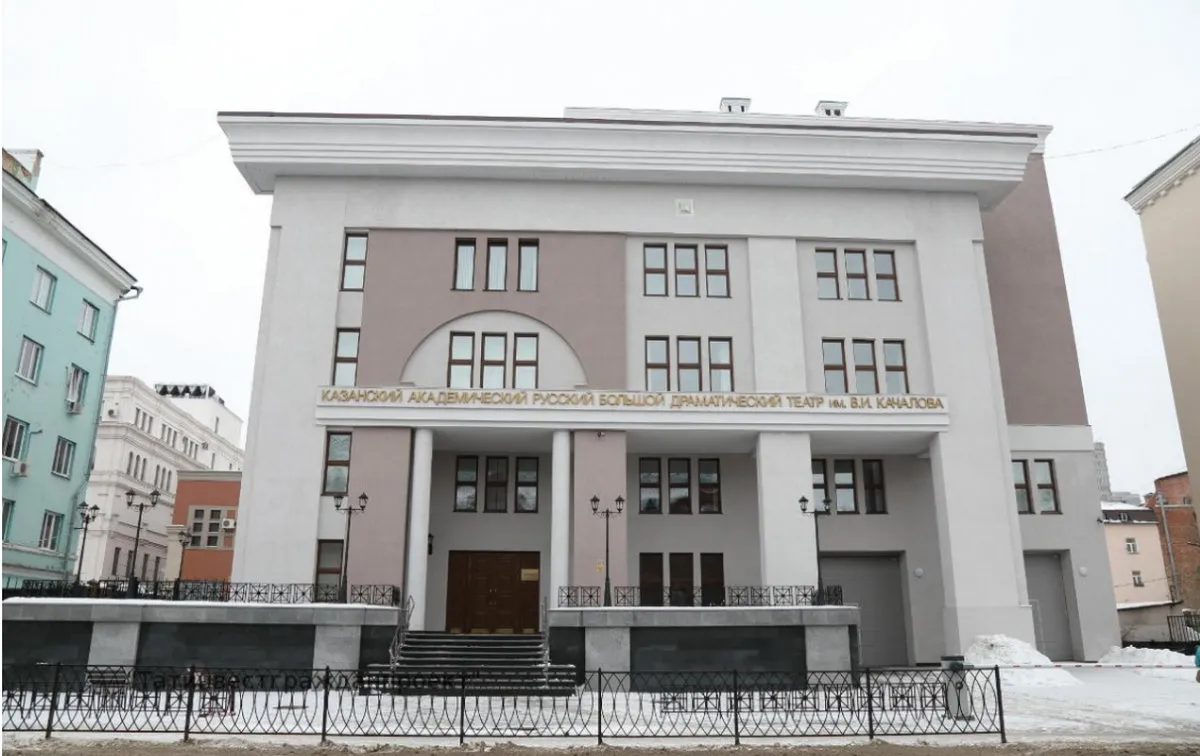
"Cosmos" Pavilion
Project detailsWhere?MoscowVDNHWho?"MV-Project"Limited Liability Company3rd PlaceCategoryCivil Architecture Objects
This project tied for third place with the Kazan theater. The building, constructed in 1939 as the "Mechanization" Pavilion and later reconstructed in 1954 according to the project of architects Viktor Andreev and Ivan Tarantov, is recognized as a federal cultural heritage object. In 1967, the pavilion was renamed to "Cosmos". In 2016, initial anti-accident and repair works were conducted there.
In 2018, the largest Russian space museum "Cosmonautics and Aviation" opened in the pavilion.
Before After
After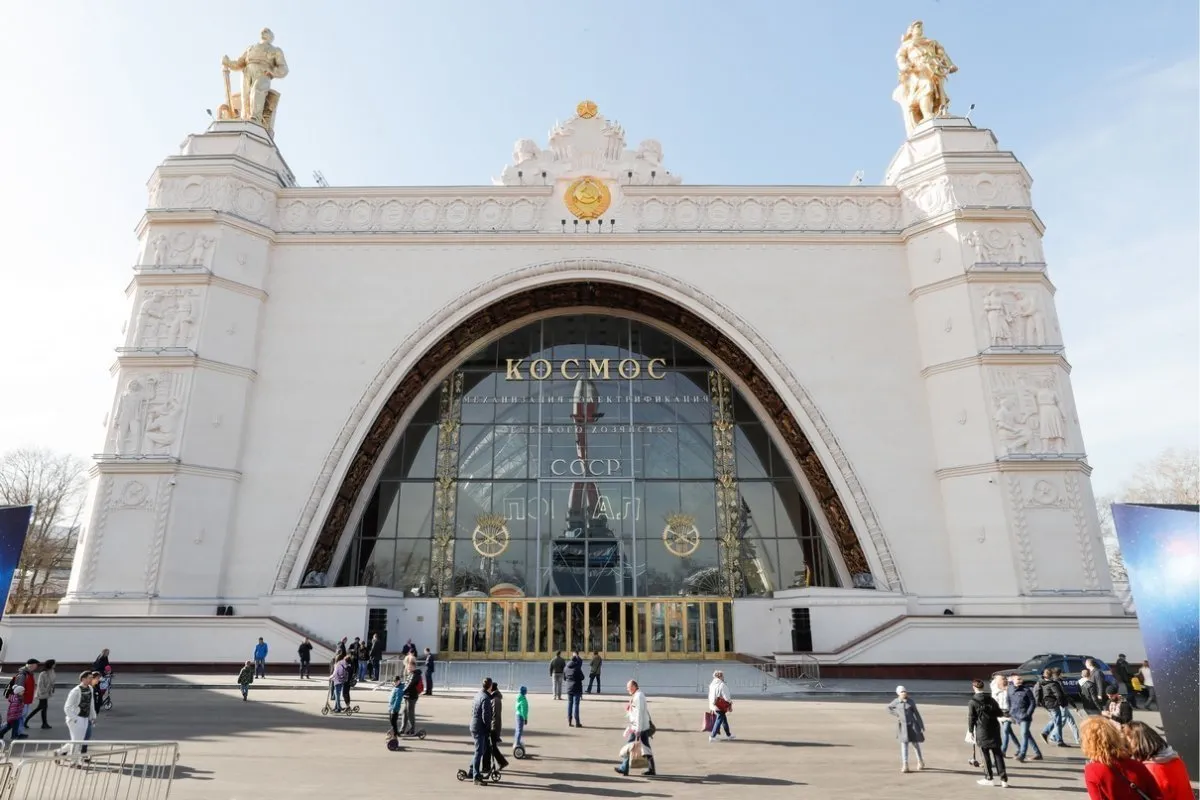
Glebov Estate
Project detailsWhere?Village NikolskoyeKaluga RegionWho?MeralstudioArchitecture Bureau of Evgeny Polyantsev1st PlaceCategoryRegeneration of Historical Development and Landscape Architecture Objects
The best project of architectural-landscape complex restoration was recognized as the Glebov Estate in village Nikolskoye. The estate was built in the second half of the 18th century by order of nobleman A. P. Glebov. During Soviet times, it housed a pioneer camp, and after the collapse of the USSR, the estate fell into decay.
In 2009, the local architecture bureau Meralstudio developed a project for restoring the estate. Using preserved drawings and photographs, architects and restorers recreated interiors and layouts of the main house and landscaped the park.
By the way, the estate can now be purchased. Its cost is a little over one billion rubles.
Before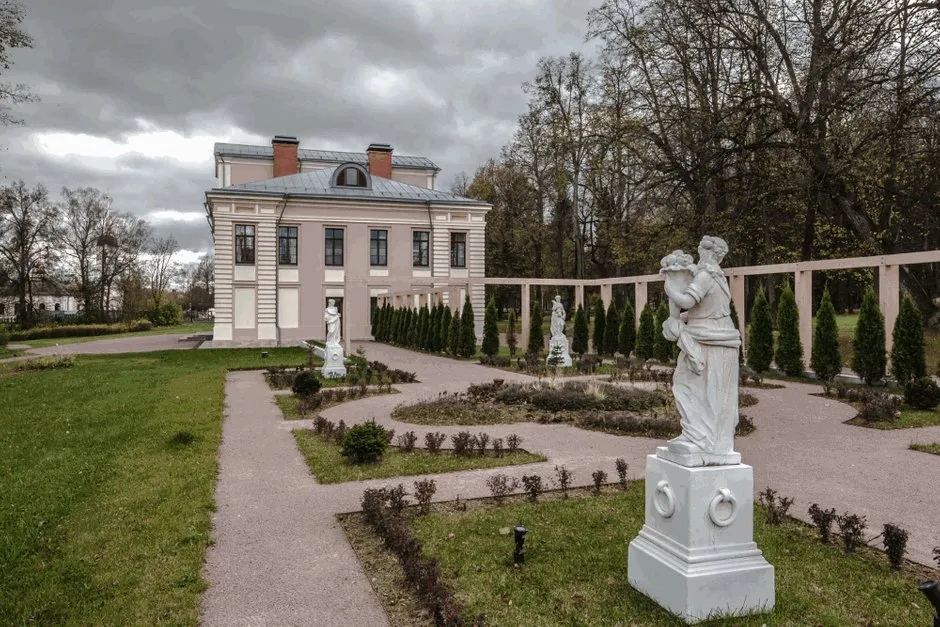 After
After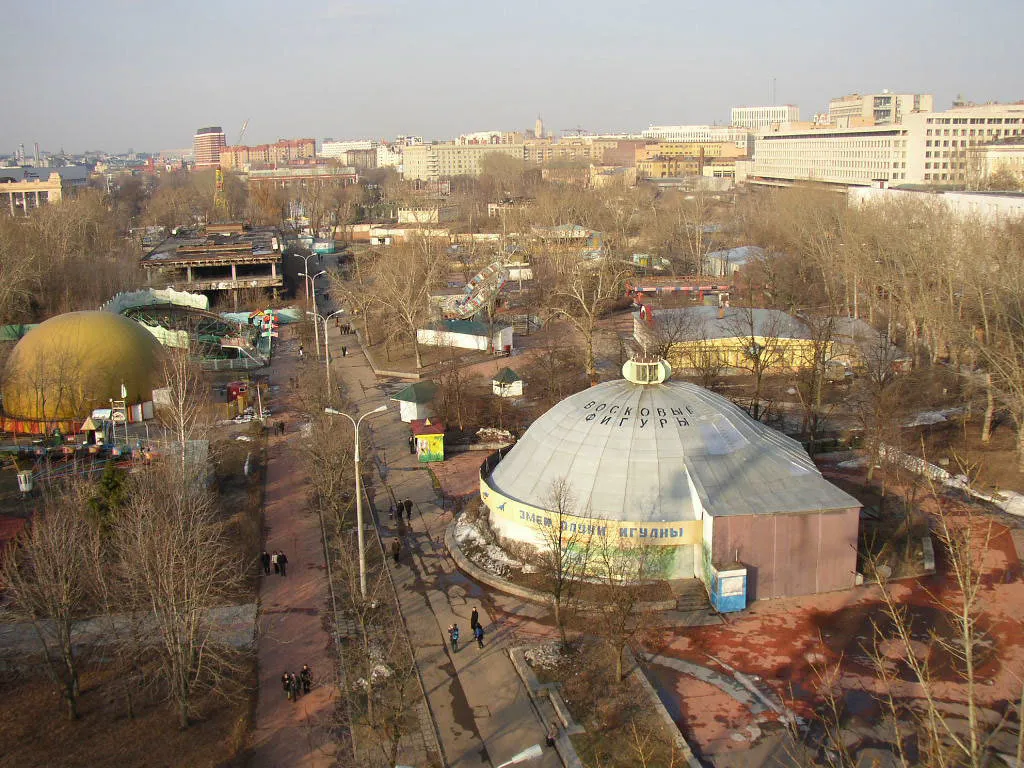
Central Park of Culture and Leisure named after Maxim Gorky
Project detailsWhere?MoscowCentral Administrative DistrictWho?Municipal Unitary Enterprise of Moscow CityGorky Center for Culture and Leisure2nd PlaceCategoryRegeneration of Historical Development and Landscape Architecture Objects
The reconstruction started in 2011 and continues to this day. About 100 attractions and illegal structures were demolished, and lawns, flower beds, and walking paths emerged in their place.
Today, the park's territory is used as a venue for mass recreation by visitors, and the adjacent Neskuchny Garden retains the concept of 18th–19th-century estate planning.
Before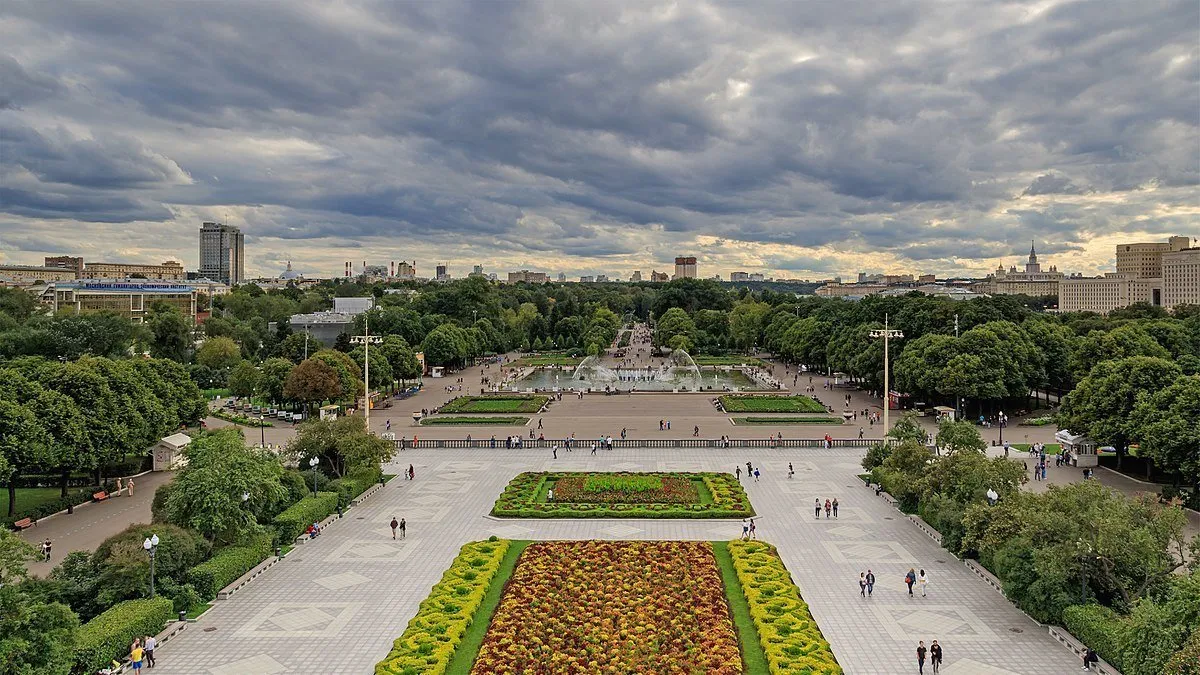 After
After
"Arsenal-Monbijou" Pavilion
Project detailsWhere?Saint PetersburgPушкинWho?Museum-reserve "Tsarskoye Selo""RestoProject", "Remstroyfasad"3rd PlaceCategoryRegeneration of Historical Development and Landscape Architecture Objects
The main pavilion of Alexander Park in Pushkin. In the past, it was occupied by the Monbijou, built between 1747 and 1754 according to the project of Savvy Chevakinsky and Francesco Rastrelli.
Monbijou (French: Monbijou — "my treasure, my precious thing"): the name of various palace structures and a toponym from which it originated.
In 1819–1834, the Monbijou building was reconstructed according to the project of architect Adam Menelas — thus, the "Arsenal" pavilion was created. During the Great Patriotic War, the building was heavily damaged and remained in a semi-ruined state for a long time.
Comprehensive restoration and conservation of the "Arsenal" were conducted from 2012 to 2015.
Before After
After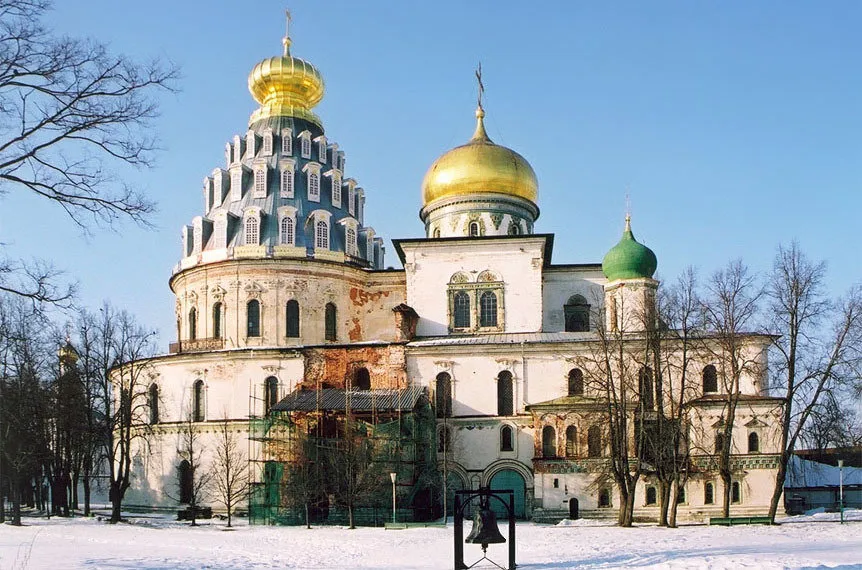
Resurrection Novo-Ierusalim Monastery
Project detailsWhere?Istra CityMoscow RegionWho?CNRPMState Unitary EnterpriseGrand PrizeCategoryFESTIVAL GRAND PRIX
The monastery was founded in 1656 by Patriarch Nikon, and during World War II it was blown up. The start of its restoration was initiated by Patriarch Alexei II in 2008, and construction works were completed two years ago.
A large museum-exhibition complex was created on the monastery's premises, which tells the history of its creation and restoration.
Before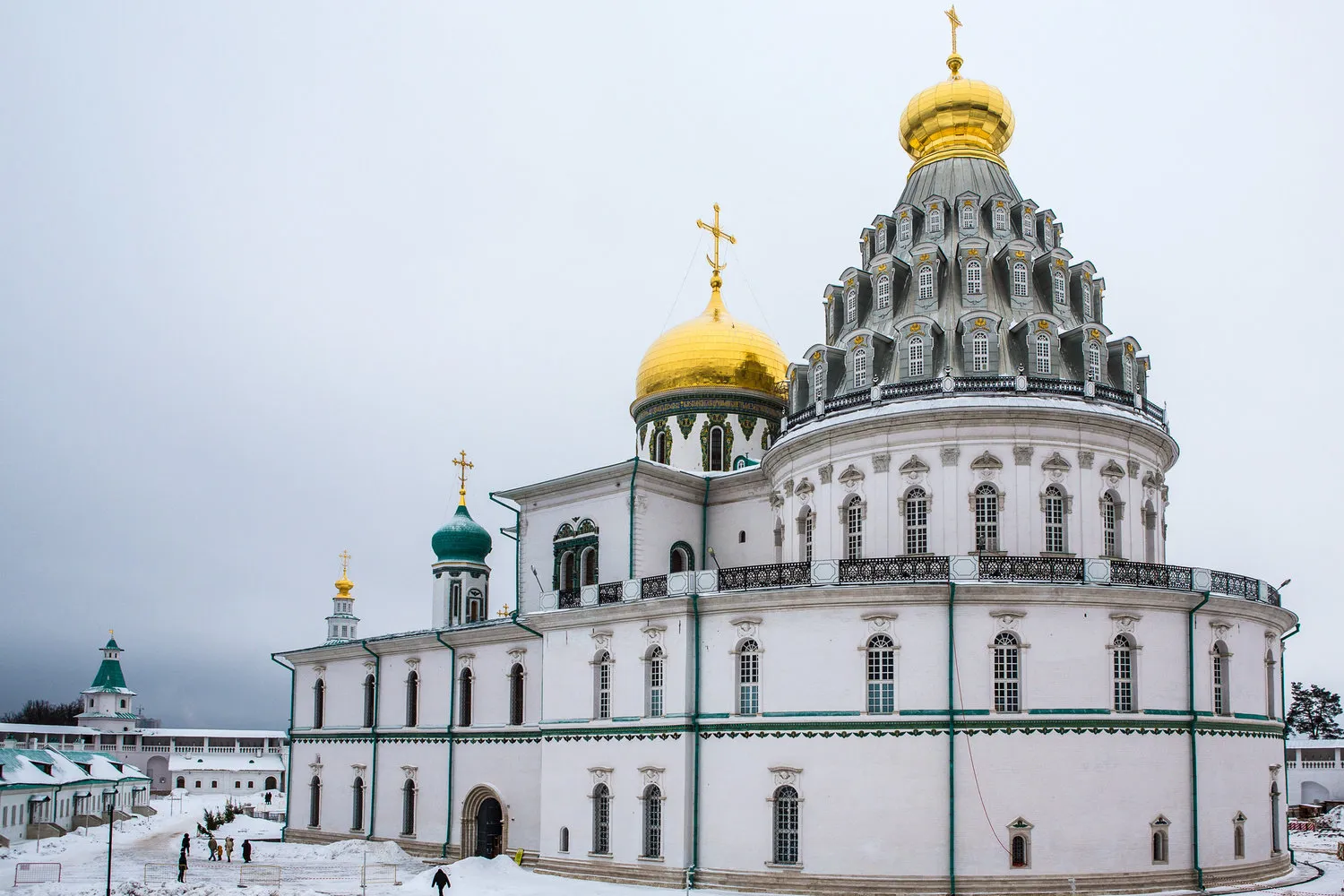 After
After
More articles:
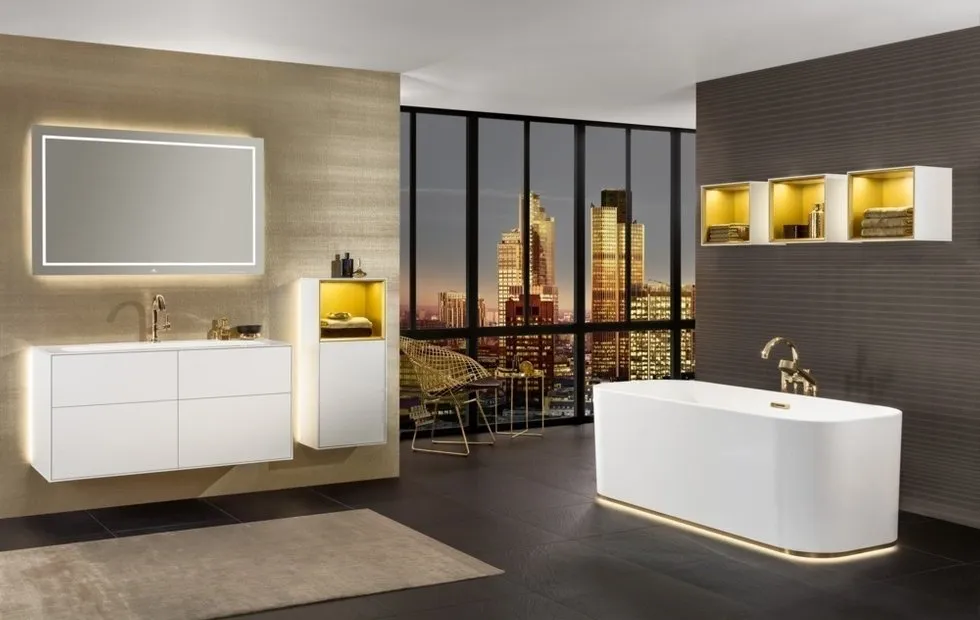 Bathroom Lighting: 3 Ideas
Bathroom Lighting: 3 Ideas Report: How IKEA Opened Its First Design Studio in Moscow
Report: How IKEA Opened Its First Design Studio in Moscow I Want to Buy an Apartment in a New Building: What Next?
I Want to Buy an Apartment in a New Building: What Next?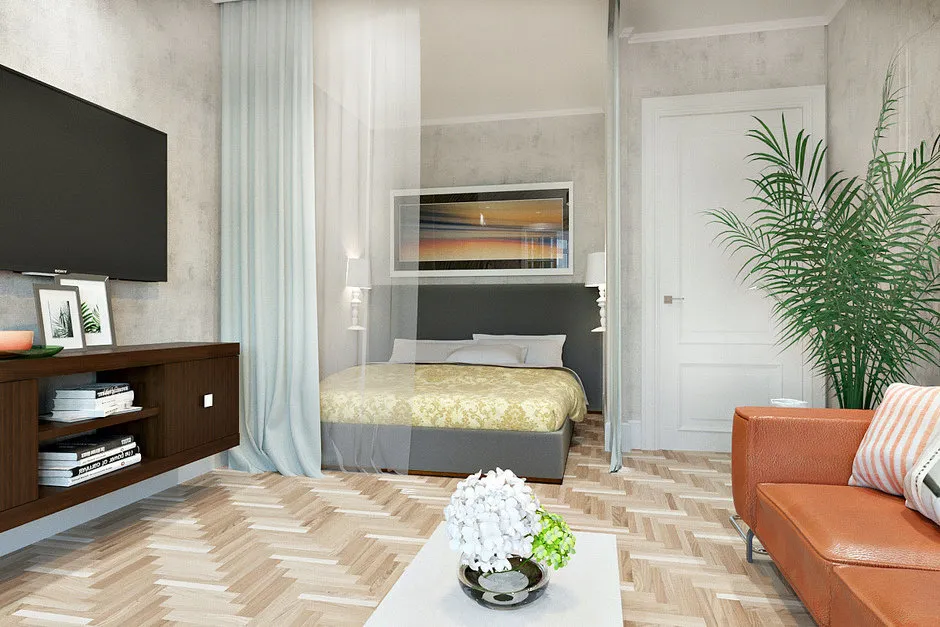 How to Use Niches: 9 Examples from Our Designers' Projects
How to Use Niches: 9 Examples from Our Designers' Projects Pink, sage, terracotta: how to decorate interior in the most fashionable colors
Pink, sage, terracotta: how to decorate interior in the most fashionable colors How and Why Secret Doors Are Made: Designer Tips
How and Why Secret Doors Are Made: Designer Tips 5 Trends That Will Soon Go Out of Style
5 Trends That Will Soon Go Out of Style How to Plan the Perfect Garden: 5 Key Rules
How to Plan the Perfect Garden: 5 Key Rules